Search the Special Collections and Archives Portal
Search Results
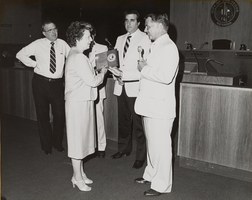

Theodore Parsons' business card for Ted Parsons Agency Incorporated in Garland, Texas, image 002
Description
Florence-Goldfield Mining Company bills and receipts, 1912 to 1918
Level of Description
Scope and Contents
The Florence-Goldfield Mining Company Series comprises the financial records of the company dating from 1912 to 1918. The series contains primarily bills and receipts associated with purchases from various businesses located in Goldfield and elsewhere including: Nevada-California Power, Al Mills-General Blacksmithing, Wood and Sullivan Hardware, Verdi Lumber Company, Ferry's Transfer Company, and the Union Drayage Company.
Archival Collection
Collection Name: UNLV University Libraries Collection on Nevada Mining
Box/Folder: Box 03
Archival Component
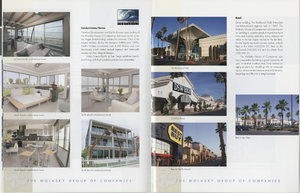
Brochure from the Molasky Group of Companies, approximately 2010
Date
Archival Collection
Description
This brochure includes highlights of the Molasky Group of Companies, specializing in real estate development.
Text
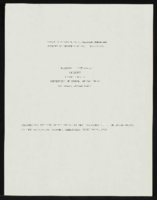
"Impact of Stereotypes of Mexican Americans Created by Selected Films: 1920s-1960s" paper by Roosevelt Fitzgerald
Date
Archival Collection
Description
From the Roosevelt Fitzgerald Professional Papers (MS-01082) -- Unpublished manuscripts file. Presented at the Social Science Conference of the National Social Science Association, Newport Beach, California.
Text
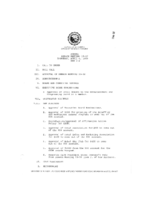
Meeting minutes for Consolidated Student Senate University of Nevada, Las Vegas, April 6, 1989
Date
Archival Collection
Description
Text
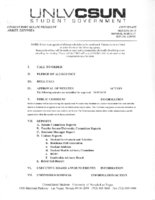
Meeting minutes for Consolidated Student Senate, University of Nevada, Las Vegas, March 27, 2006
Date
Archival Collection
Description
Text
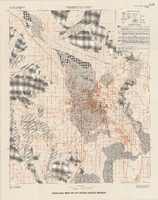
Geologic map of Las Vegas Valley, Nevada, 1982
Date
Description
2320-A. Originally published as plate 1 of Ground-water conditions in Las Vegas Valley, Clark County, Nevada. Part I. Hydrogeologic framework / by Russell W. Plume, published by the U.S. Geological Survey in 1989 as Water-supply paper 2320-A.
Image
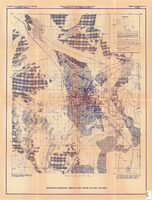
Surficial geologic map of Las Vegas Valley, Nevada, circa 1981
Date
Description
84-130. Originally published as plate 1 of Ground-water conditions in Las Vegas Valley, Clark County, Nevada. Part I. Hydrogeologic framework / by Russell W. Plume, published by the U.S. Geological Survey in 1984 as Open-file report 84-130.
Image
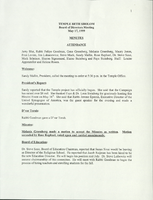
Minutes from Temple Beth Sholom Board of Directors meetings, January 1999 - June 1999
Date
Archival Collection
Description
Meeting minutes include reports from committees of the board, correspondence, and balance sheets.
Text
